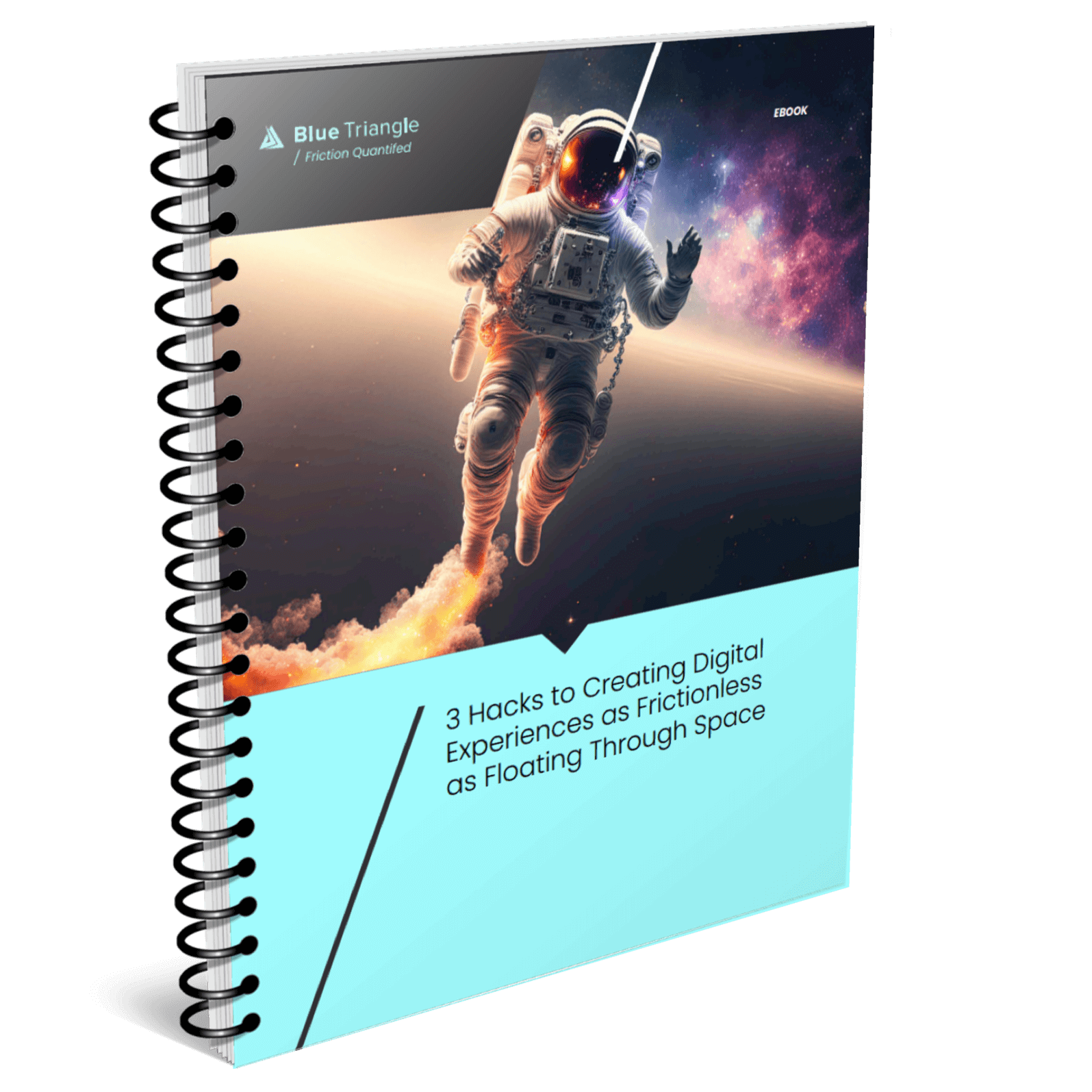New year, new trends that you must know for a frictionless 2023
Last year, with inflation and fears of a recession, every customer mattered. This still rings true in the new year. Facing new challenges and competitive and economic pressures, 2023 will be an uphill battle for online and omnichannel businesses.
Previously, we identified the four trends high-performing websites should know in 2022. Despite ongoing hurdles, there’s still so much more untapped potential that businesses can unlock with emerging and maturing technologies.
Let’s take a look at the top digital experience trends for 2023!
1. How Brands Build Consumer Trust and Loyalty Has Changed Forever
The pandemic was a catalyst for change in nearly every industry. It ushered in a new era of online adoption. IBM estimated that the pandemic accelerated the shift to online by 5 years, with more than $200 billion in sales in the first 2 years of the pandemic that Digital Commerce 360 says would not have happened otherwise.
Shockingly, Forrester reports that 62% of online adults performed their first online transaction during the pandemic. After soaring at the beginning of the decade, online and mobile adoption continues to rise.
This dramatic shift in consumer behavior is bound to make a lasting impact, including on how brands compete. Companies used to compete on price and convenience, which often meant having the most storefront locations. But today, with consumers embracing online shopping and transactions, consumer trust and loyalty is built by delivering a frictionless digital experience.
2. Adopting Experience-Driven Headless Commerce
The new digital and omnichannel business landscape can be complicated!
Many brands are turning to Headless Commerce to simplify these complexities and meet the frictionless “Amazonian” expectations that consumers demand.
A Headless Commerce approach can significantly transform your customers' digital experience and help you achieve your revenue and business goals when properly implemented. How?
It can contribute to faster page load speeds, delightful visuals, aesthetics, and high-performing pages and conversion paths across device types and at any customer journey stage.
3. Embracing Integrated, Total Experiences (TX)
Today, the customer experience spans multiple touchpoints. And there’s often a gap between in-person and online experiences, which creates customer friction.
Companies must break down internal and external silos preventing a frictionless, total experience. Why?
According to Gartner, by 2024, organizations providing a Total Experience (TX) will outperform competitors by 25% in satisfaction metrics for customer and employee experiences.
That’s why leading companies across industries are embracing a combination of multi-experience (MX), customer experience (CX), employee experience (EX), and user experience (UX) to achieve total experience-based revenue and business outcomes.
To implement successful Total Experiences (TX), brands must have a holistic understanding of their customers beyond simple digital experience monitoring.
No one team or line of business is responsible for the customer experience. It takes a company-wide culture of Continuous Experience Optimization to deliver reliable, friction-free experiences.
4. Investing in the Internet of Things (IoT)
The Internet of Things (IoT) describes the network of physical objects, or “things,” embedded with sensors, software, and other technologies to connect and exchange data with other devices over the internet.
“Things” could be, well, anything! From household objects like smart thermostats and security systems to wearable health monitors. And it requires constant connections across the globe, usually through cellular connectivity.
During the pandemic, IoT enabled contactless delivery and touchless interactions that customers have now come to expect as part of a frictionless experience. Companies in various industries, such as retail and eCommerce, healthcare, and hospitality, are increasingly using IoT to complete for consumer trust and loyalty.
5. Exploring the Metaverse
Although still primarily conceptual, many brands are investing in the metaverse, a collective virtual shared space, to pursue new opportunities to reach customers and drive business. Gartner forecasts that 25% of people will spend at least one hour per day working and shopping in the metaverse by 2026.
Sparked by the pandemic, the metaverse has great potential to connect customers with brands in ways that create memorable experiences. Many metaverse technologies, such as augmented and virtual reality and hyper-personalization, are already successfully being used by companies to create frictionless experiences.
As industries and brands face significant changes to adapt to consumer preferences in the metaverse, they must take an iterative approach to constantly listen to the voice of the customer and test digital experience optimizations.
Frequently Asked Questions
What are the top five digital experience trends in 2023?
The top five digital experience trends you should know going into 2023 are:
- Building customer trust and loyalty with frictionless digital experiences
- Adopting experience-driven Headless Commerce
- Embracing a total customer experience (TX)
- Investing in the Internet of Things (IoT)
- Exploring the metaverse to reach customers
What is Continuous Experience Optimization?
Continuous Experience Optimization is an evolutionary new approach that helps performance-driven organizations deliver customer experiences that move the needle of their business. Blue Triangle is the only complete platform that begins with quantifying the cost of friction in your digital experience and ends with validating the revenue and business outcomes.
How does headless commerce impact the customer experience?
Headless Commerce enables brands to deliver dynamic, delightful digital experiences to their customers while keeping abreast of technology and marketing trends. Headless Commerce enables faster communication and collaboration between systems, rapid scaling, and more control, as well as a more authentic omnichannel experience and hyper-personalization.
How does the Internet of Things (IoT) enhance the customer experience?
The Internet of Things (IoT) has been transformative for businesses across industries. With the acceleration of online adoption brought on by the pandemic, IoT is further helping companies create more connected customer experiences. This makes it easier for customers to get what they want, when they want it. And for companies, it empowers them with more data-driven insights to understand customers and continuously optimize their digital experiences.

During the holiday rush, every shopper matters
Optimize the customer journey before the eCommerce event of the year.


